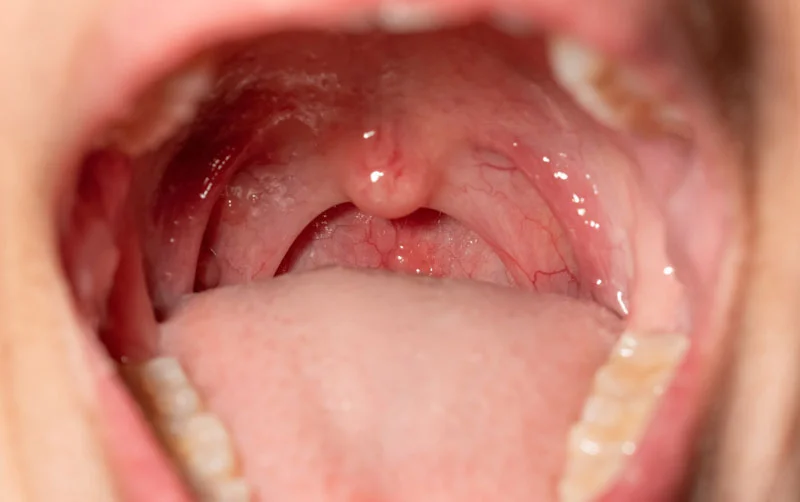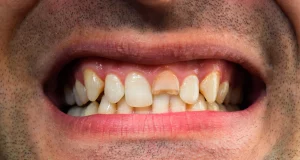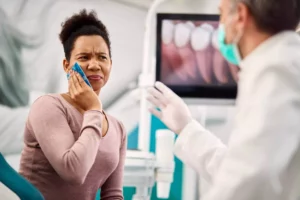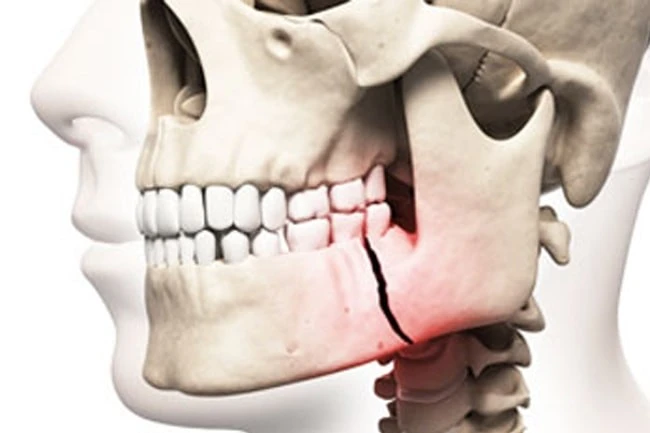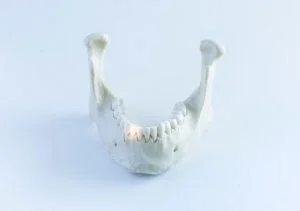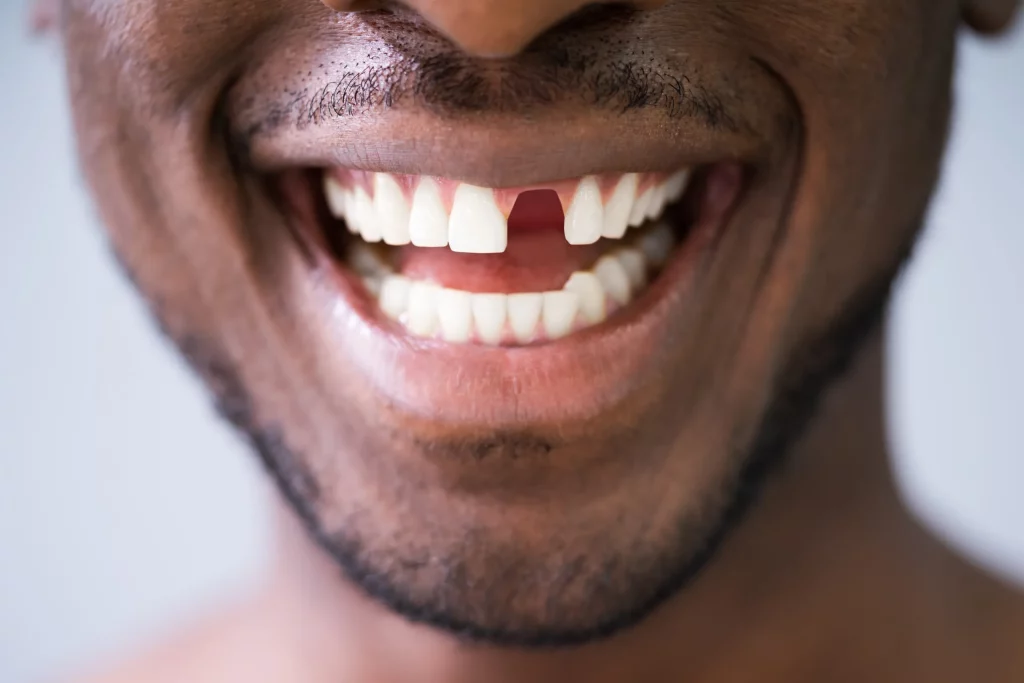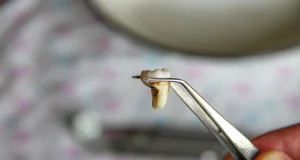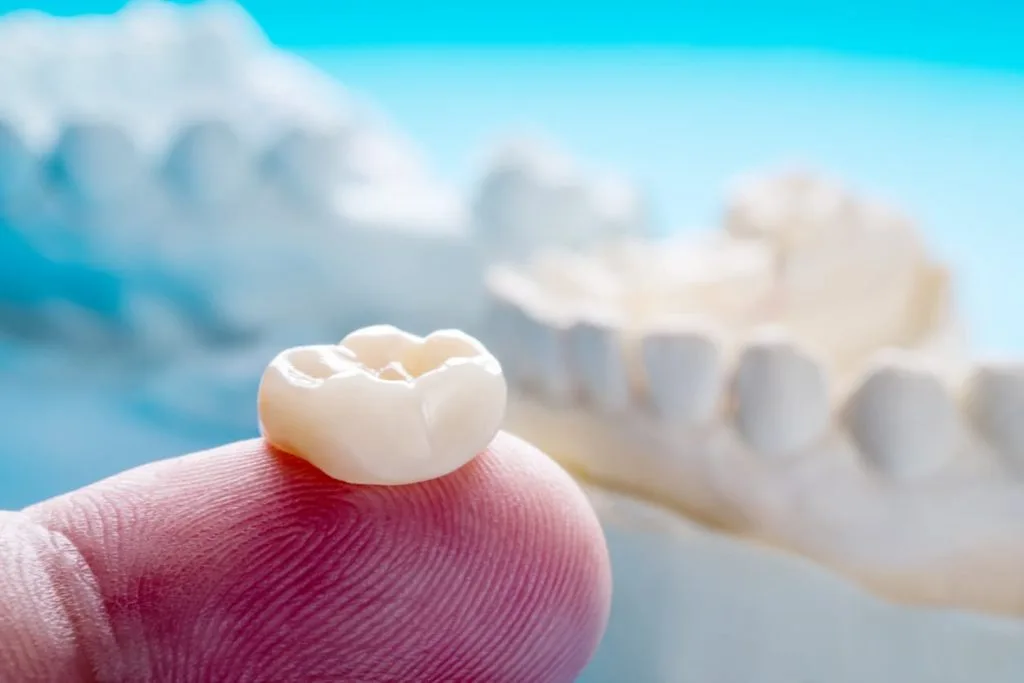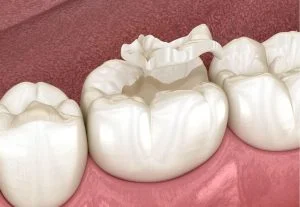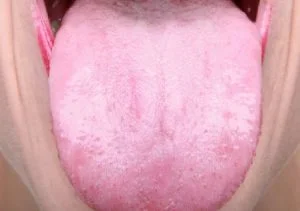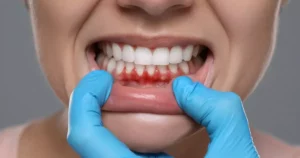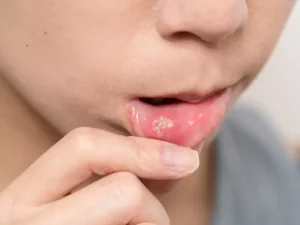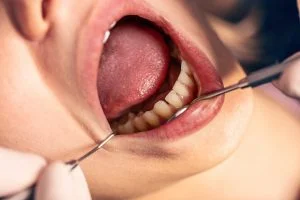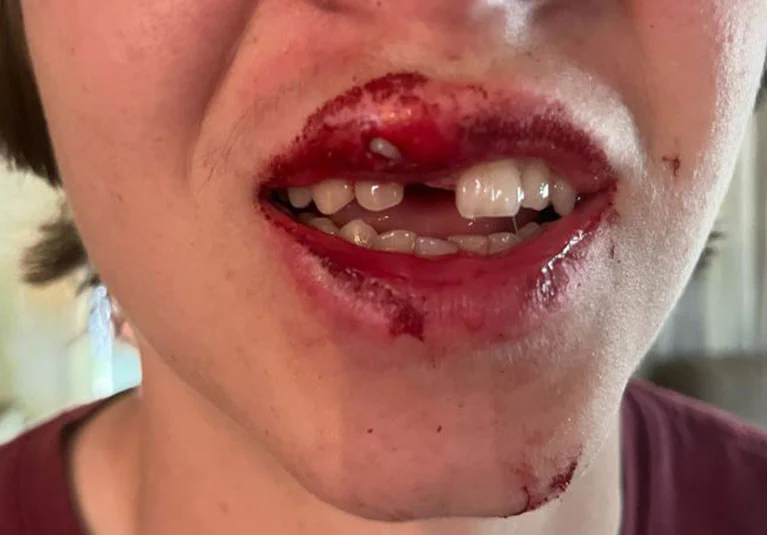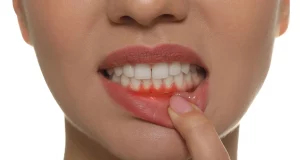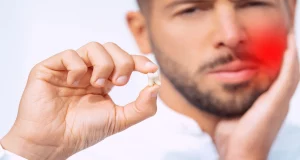Dental Injuries
Frequently, dental injuries are the reason for a dental consultation. The most frequent injuries are dental avulsion, tooth fractures, and jaw injuries.
The causes with the highest incidence are the practice of sports and traffic accidents. Another cause is violence.
In these cases, prompt medical attention is essential to achieve a good prognosis.
- These injuries require specific treatment, depending on the severity.
- CAging is another cause of dental injuries.
- They generally affect the dental pulp, giving way to possible infections, which is why you must react quickly and seek suitable professional help.
Responding assertively to an emergency is a key aspect that directly impacts the oral health of the affected person. Having relevant information about the different types of dental injuries, their causes, and treatments available to take the appropriate actions is an aspect in favor of comprehensive well-being
Fact Checked
Our team of writers, editors, and medical experts rigorously evaluates each article to ensure the information is accurate and exclusively cites reputable sources.
MOST POPULAR INJURIES
What we know
The fracture or break of a tooth is a painful experience that is accompanied by other discomforts, such as sensitivity, bleeding gums, inflammation, and difficulty eating, a clinical picture that can vary depending on the severity of the injury.
The break can be a chip, a partial break, or a complete break.
In the case of fracture, a fissure in the dental enamel, enamel fracture and crown fracture can occur.
In case of fracture or breakage of a tooth:
- Immediate attention is required to make a complete evaluation of the mouth.
- In traumatic injuries, an x-ray may be needed to assess damage to soft tissue and tooth structure.
- In the case of fractures or lesions due to dental caries, treatment can vary from a simple filling to a dental crown if caries have affected a large part of the tooth.
Fractured or broken teeth are not something to be taken lightly. Early treatment can help minimize damage and prevent further impact on oral health.
Fractures or broken teeth can have different causes of origin: an accident in a sports practice, untreated dental caries or natural wear due to aging, among others.
This type of dental injury can have different levels of affectation
One of the most important bones of the head and face is the jaw. This bone supports the lower teeth and shapes the facial structure.
Due to its position and function, the jaw is vulnerable to injuries that can result from a variety of factors: car accidents, contact sports, bumps, and falls.
Some of the injuries that can affect the jaw are fractures, dislocations, soft tissue injuries, and osteonecrosis.
What are the consequences of a jaw injury?
- Tooth eruption and tooth loss.
- Altered occlusion, tooth alignment, and facial appearance.
- Difficulty speaking and eating.
In addition to injuries caused by a blow (dislocations / fractures), the jaw can also be affected by osteonecrosis, a pathology that generally occurs in people receiving treatment for osteoporosis or cancer.
Timely care is a determining factor in the prognosis and subsequent evolution to overcome the injury. Here you will find more information on each of the injuries that regularly affect the jaw.
There are situations in which due to fortuitous events a tooth comes out violently from the gum. This is the case of a strong impact at the wedding during the practice of a sport, a traffic accident, or a fall, among other situations.
This is an avulsion dental injury. The tooth comes out of the socket without suffering damage to its structure. It is a dental event that requires prompt dental attention.
What to do in a case of avulsion?
It is essential to remain calm and act quickly and effectively. This will ensure the condition of the affected tooth.
- First step: control the bleeding
- If the tooth is from a permanent dentition, it must be recovered and kept moist in order to preserve it in good condition.
- The time limit for replanting the tooth with a good prognosis of success is a maximum of one hour. Then the tooth can start to decay.
Details about the appropriate care for this emergency can be found in this note.
Losing a tooth makes it difficult to speak and eat. In addition, it impacts the oral health and physical appearance of the person.
What to do in a case of avulsion?
To recover the structure and functionality of damaged teeth, fillings, and dental crowns are frequent therapeutic options.
Fillings and dental crowns can be lost for different reasons, with their respective consequences for oral health.
Why are fillings and dental crowns lost?
- The most frequent cause for the loss of a dental filling is caries.
- Another cause of loss of a filling is excessive pressure on the tooth: biting into hard food or using the teeth as tools to open objects.
- Regularly, the dental crown is lost due to not having proper dental hygiene.
Loss of a filling or dental crown should be attended to as soon as possible. Learn how to treat this dental injury and avoid its effects on oral health.
The dental filling makes full a cavity in the tooth. Amalgams or resins are dental fillings. The dental crown is a cover that is placed over the tooth to restore its shape and function.
Before addressing the different aspects related to injuries that affect the soft tissues of the mouth, it is necessary to specify what they are.
Soft tissues are those that surround the teeth: the gums, lips, cheeks, tongue, and palate. These tissues are delicate and can be easily impacted.
What are the most common causes of these injuries?
- Poor oral hygiene.
- The use of dentures or ill-fitting piercings.
- Habits such as nail-biting, and lip or cheek biting.
Three factors can be modified and contribute to comprehensive well-being.
The World Health Organization points out that these lesions are the product of modifiable habits such as the consumption of sugar, tobacco, and alcohol, as well as adequate oral hygiene.
One of the most frequent ailments is a toothache. It is a sharp and constant sensation that can have different causes and affect one or more teeth. What are the causes of this pain? How to handle this discomfort?
In general, a toothache is a consequence of caries not being treated in time that has advanced and impacted the dental enamel and the dentina. In other words, caries are a consequence of poor dental hygiene.
But there are other oral health conditions that also cause toothache:
- Pulpitis is a consequence of a cavity that infects the tissue that houses the nerves and blood vessels of the dental piece.
- Periapical abscess: accumulation of pus around the root of the tooth due to death of the pulp.
- Bruxism and pericoronitis are other conditions that trigger annoying and uncomfortable toothaches.
This note talks about the details that can be found behind a toothache and how this oral health condition should be addressed.
In addition, a toothache can present complications that lead to health situations that are complex to manage, which is why it must be attended to as soon as possible to identify its cause and receive the appropriate treatment, according to the prescribed diagnosis.
Trauma to the mouth or teeth is a common condition, in which the mouth and teeth suffer some type of injury.
Various factors can cause these injuries: sports accidents, car accidents, falls, or fights, among others.
Regardless of the cause, it is important to take immediate steps to minimize the damage and facilitate a speedy recovery.
What are the traumas that affect the mouth or teeth?
- The total detachment of a tooth from the socket due to a blow.
- Chipped or fractured tooth.
- Fracture or dislocation of the jaw.
How to handle these situations and what care should be taken? Here is a guide to address these types of dental emergencies.
Mouth or tooth traumas arise at any time in life and -generally- untimely and can be severe or painful.



